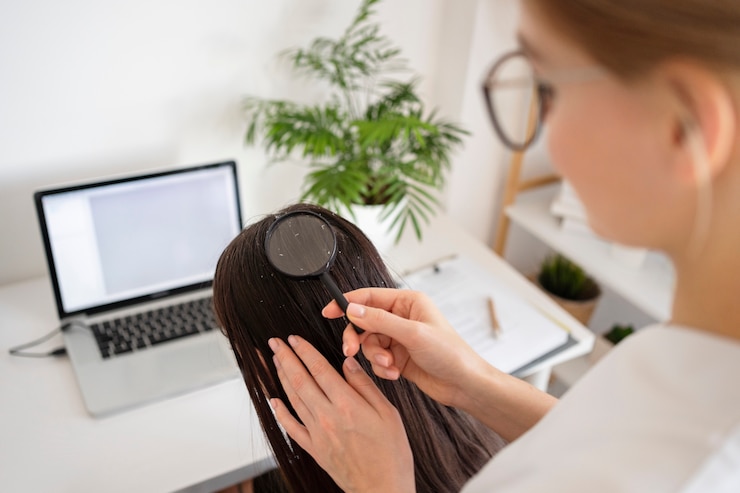
Hair loss isn’t just a man’s issue—millions of women suffer from it, too. For many, it’s a deeply personal challenge that affects confidence and self-image. While there are various treatments, hair transplants are becoming a trusted, long-term solution for female hair loss. But how does it work for women? This article breaks it all down.
Why Women Lose Hair
Unlike men, women rarely go completely bald. Instead, they experience diffuse thinning, especially around the part line and crown. Common causes include:
Genetics (female pattern hair loss)
Hormonal imbalances (PCOS, menopause, thyroid)
Stress and lifestyle factors
Nutrient deficiencies
Autoimmune diseases like alopecia areata
Hairstyling damage (tight braids, heat tools, chemicals)
A proper diagnosis is key. Many women try over-the-counter products first, but if hair loss continues, a hair transplant may be the next step.
Are Women Good Candidates?
Yes, but with some conditions:




Women with diffuse unpatterned alopecia (DUPA) are often not candidates because there’s no strong donor area.
How Hair Transplants Work for Women
Most clinics use the FUE (Follicular Unit Extraction) method:
Individual hair follicles are taken from the back or sides.
These follicles are carefully implanted into thinning areas.
Hair grows naturally over 6–12 months.
Some women may benefit from DHI (Direct Hair Implantation), which doesn’t require shaving and offers higher precision.
Hairline vs. Density
For women, the focus is usually on restoring volume and density, not just the hairline. Surgeons carefully place grafts between existing hairs to thicken the look without damaging current growth.
Other Treatments to Combine
Many women pair transplants with:
PRP therapy (platelet-rich plasma)
Minoxidil (Rogaine)
Hormone therapy (if needed)
Conclusion
Hair transplants can be life-changing for the right female candidates. If you’re struggling with thinning hair and haven’t found success with medications or supplements, it’s worth consulting a hair restoration specialist.

